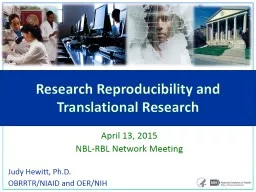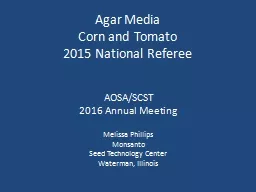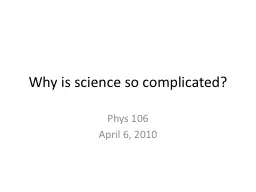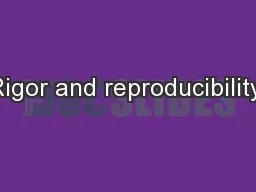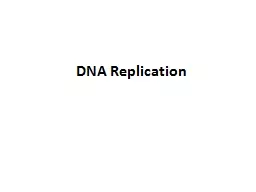PPT-Reproducibility Or, “Who knew that replication could be so complicated?”
Author : myesha-ticknor | Published Date : 2018-09-22
A little history first Why most published findings are false Ioannidis 2005 biostatistician Clinical trials epidemiological studies molecular research Less likely
Presentation Embed Code
Download Presentation
Download Presentation The PPT/PDF document "Reproducibility Or, “Who knew that rep..." is the property of its rightful owner. Permission is granted to download and print the materials on this website for personal, non-commercial use only, and to display it on your personal computer provided you do not modify the materials and that you retain all copyright notices contained in the materials. By downloading content from our website, you accept the terms of this agreement.
Reproducibility Or, “Who knew that replication could be so complicated?”: Transcript
Download Rules Of Document
"Reproducibility Or, “Who knew that replication could be so complicated?”"The content belongs to its owner. You may download and print it for personal use, without modification, and keep all copyright notices. By downloading, you agree to these terms.
Related Documents


